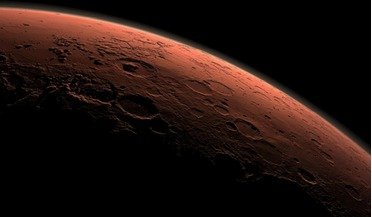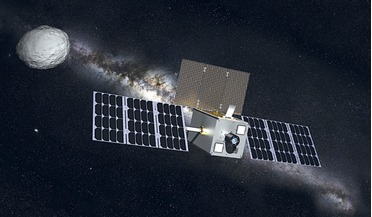 March 2017
Growing plastic-producing bacteria in space
March 2017
Growing plastic-producing bacteria in space
... is limited by very high cost and extreme risk. Experience in low Earth orbit (LEO) and on a handful of manned flights to the Moon... healthy. To support one astronaut for one year in Earth orbit requires around 8000 kg of supplies, excluding fuel. With...
 September 2017
Measuring space debris risk
September 2017
Measuring space debris risk
...systematically tracked have a size greater than 10 cm diameter in low Earth orbit (LEO) and greater than 1 m in geosynchronous orbit (GEO). This means that the whereabouts of the majority of orbital debris is unknown. Space agencies and companies are...
 April 2018
Future Cubesat swarms pose significant communications challenges
April 2018
Future Cubesat swarms pose significant communications challenges
... policies. In this article, the authors suggest inter- and intra-swarm communication architecture based on a CubeSat swarm low-Earth orbit (LEO) mission with four main types of data link. Increasing demand for small satellite constellations requires...
 July 2018
The rise of interplanetary CubeSats
July 2018
The rise of interplanetary CubeSats
... the 6U (12 × 24 × 36 cm) the size of a brief-case. To date more than 800 nanosatellites have been launched into low Earth orbit (LEO), with a majority of launches after 2010 by new and emerging players including commercial startups, universities and...
 August 2018
America’s ‘dream machine’
August 2018
America’s ‘dream machine’
... in Dream Chaser, a reusable, multi-mission space utility vehicle capable of transporting payloads and people to and from low-Earth orbit and the ISS. Currently SNC is building a cargo version of the Dream Chaser. It will be the only commercial...
 October 2018
Radiation study paves way for safe deep space exploration
October 2018
Radiation study paves way for safe deep space exploration
...NCRP) issued a report: ‘Information Needed to Make Radiation Protection Recommendations for Space Missions Beyond Low-Earth Orbit’. Recommendations in this report included improvement of the characterisation of the space radiation environment for GCR...